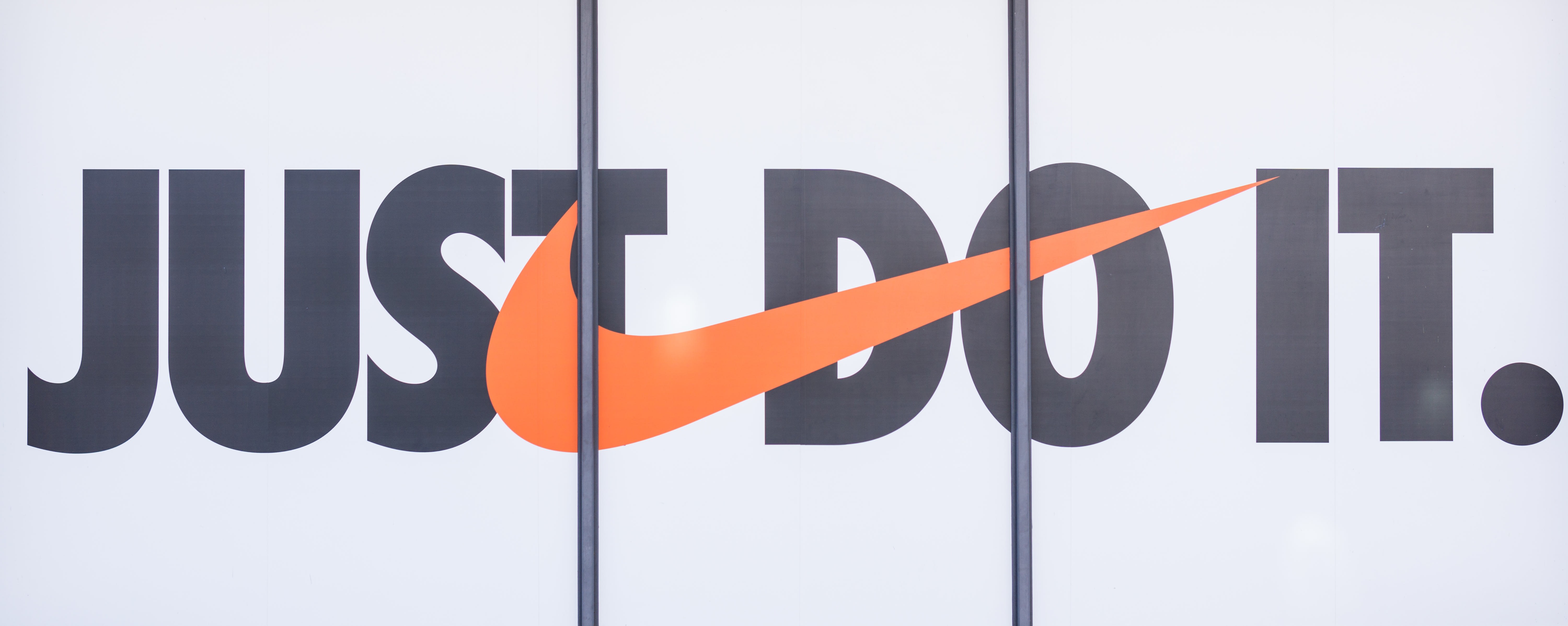How Sustainable Companies Are Leading The Way And What Can We Learn From Their Practices?



Summary: Aware of the climate emergency, consumers are getting ready to have a greener wardrobe. It is now for the fashion brands to rise to the challenge by reducing greenhouse emissions, water wastage, and use of fossil fuel-based material in their supply chain. Some companies have come up with innovative solutions and others need to learn from them.
Many feel that fashion brands are not doing enough for a greener planet. What they have clearly missed is the heightened sense of urgency and increased conversation around biodiversity and end-of-life impact in recent years by the big labels. These companies are hurriedly moving towards embedding sustainability at the core of their business model without which they cannot weave an impactful green story.
Just look around at how big brands such as H&M, Nike, and Levi Stauss have been publishing reports on their environmental scorecard, bluntly disclosing figures of their consumption and targets. The good sign is that mindset is veering towards a triple bottom line—social, economical, and ecological indicators.
Give it to them—they are big brands, rather behemoths, with thousands of suppliers and retailers across the globe. It will take time to move the elephant in a direction. Yet, their efforts to give customers a greener wardrobe will have many lessons for small and medium enterprises.
There are other companies that started small but have had green as the guiding principle right at the outset. They are now counted among the most sustainable companies. There is a lot to be learned from their practices in getting the best of the planet without negatively impacting the environment.
Upcycled clothing can last for generations

There are hosts of smaller brands quietly working around eco-responsible fibers and repurposing vintage tees, jeans, jackets, and even towels. Rescuing these clothing items just before they were headed for the landfill by turning them into unique garments, these eco-friendly brands are redefining the entire production chain.
Brands such as Marine Serre( France), Conner Ives (UK), and Morphine (Italy) have their major raw material sourced from second-hand cloth dump yards. Re/Done, an American brand, has been upcycling vintage jeans to fit modern wearers successfully and has so far given new life to 233,700 garments till last year.
One cannot help but wonder what is stopping other big and small brands from upcycling garments as a part of their premium collection.
Cutting down on water footprint
Reformation, which has been a carbon-neutral company since 2014, has teamed up with Bonneville Environmental Foundation (BEF) to balance its water footprint. The company claims that this partnership has successfully saved 465 million gallons of water by supporting projects that restore water across California and the Colorado River basin. The idea is to give back as much as possible what has been taken from Earth.
Denim has always come under environmentalists' scrutiny for guzzling water in washing and finishing. To make a pair of jeans, as much as 10,850 liters of water can be consumed. Outland Denim, another sustainable company, has come up with innovative technology, including using laser equipment, to cut down on water consumption by almost 65% and can count the Duchess of Sussex among its fans.
Cutting down on waste

One of the leading sustainable companies Patagonia has made it clear that its clothes are meant to last long and offers fixes to its customers in case of any wear and tear they cannot take care of.
Study NY, an ethical womenswear company, has developed zero waste-cutting techniques in its production process and uses sustainable materials to reduce its waste. On the other hand, Kering and H&M are involved in a sustainable initiative called Worn Again in which waste clothing is converted into yarn to make fabrics.
Decarbonizing the fashion supply chain
Decarbonization is one of the most complex issues and, perhaps, if achieved, shall be the most impactful in reducing the carbon footprints of companies. Already, there is a call for brands to map their supply chain.
As the world was thrown into dealing with serious supply chain issues during the pandemic, many big brands used end-to-end digital tools to keep track of production and had real-time information on the cost, location, and destination of every item. This easy access to data helped companies to decrease excess production and over-buying and, as result, were able to cut down on generating waste.
Avery Dennison, a US-based fabric and tag maker, is using artificial intelligence to predict when the ink on fabric will fade. This technology is used to indicate the longevity of the garment instead of using 1000 wash to determine fabric durability. Avery Dennison is also planning to come out with a barcode that would give consumers complete information about the origin of their products.
Cutting down on greenhouse emission
Fashion companies are increasingly being called upon to reduce their greenhouse emissions by switching from coal-power-based production to renewable energy while easing out on fossil fuel-based polyester garments.

Mammut, a sportswear brand, has set a target of a 70-80 percent reduction in its greenhouse emission and is also committed to switching to renewable energy in all its operations. Sports brands Nike and Adidas have also set up renewable energy targets for their supply chain.
Nike has ambitious plans to reduce carbon emissions by shifting to renewable energy by 2025. It has also been trying to increase the content of recycled polyester and is using plastic bottle waste for its shoes.
The lesson learned
There is no magic wand that shall transform fashion brands into sustainable companies overnight. Nor are there answers to all the issues. But at least we are seeing small but meaningful actions in that direction. Only through knowledge sharing in the most democratic way can the industry ace the green game.
Key Takeaways
- Big brands have gone for science-based targets to reduce carbon emissions.
- Several small brands have come up with innovative eco-friendly solutions.
- The fashion industry needs to share and learn to scale up the green ladder.
The digital approach to buying is an opportunity to become sustainable. Log on to Fashinza if you are looking to work with suppliers with a verifiable track record in sustainable manufacturing. The platform works with select suppliers to provide brands with ethical manufacturing solutions.



















